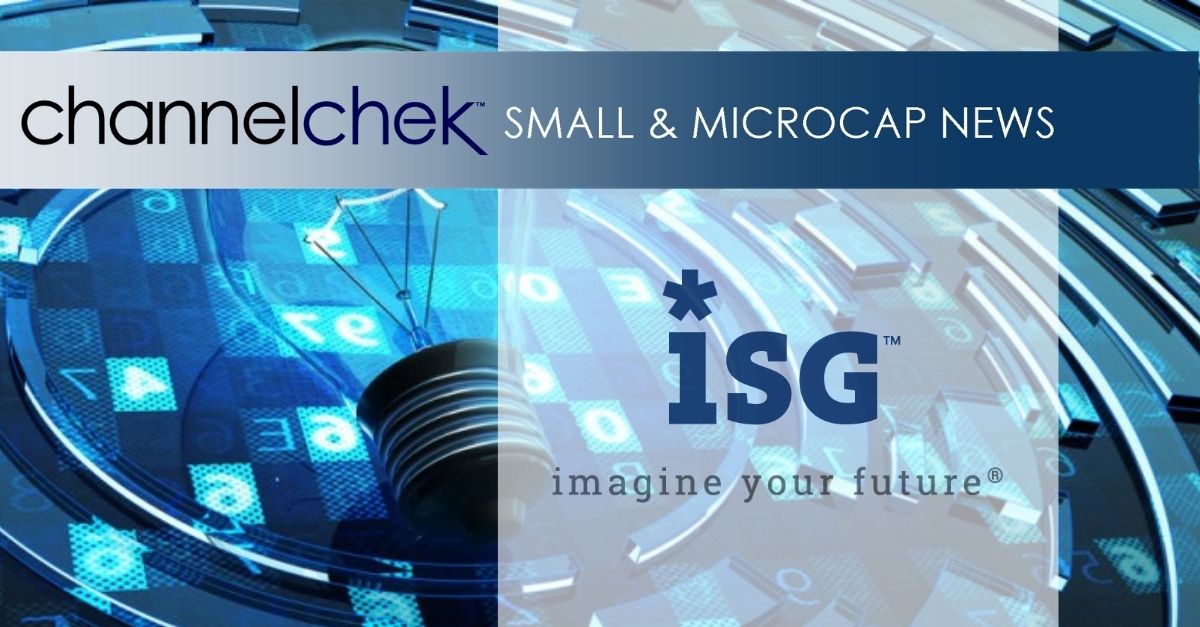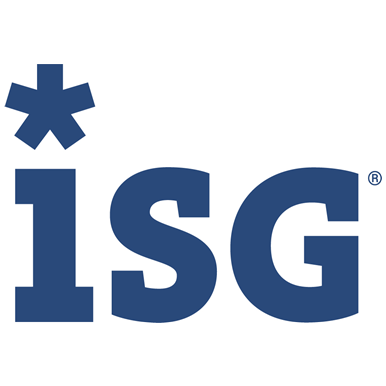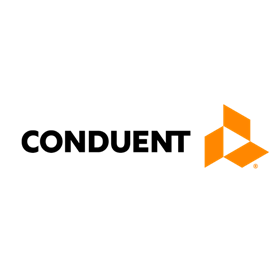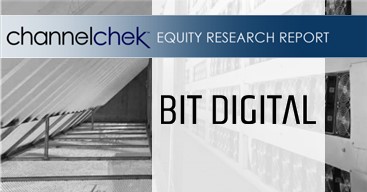Research News and Market Data on SKYX
July 02, 2025 10:43 ET | Source: SKYX Platforms Corp.
SKYX New Patents Were Issued in the U.S., India, Japan, U.K. France, Germany, Italy, and Spain
SKYX’s Patent Portfolio Includes Advanced Plug & Play Smart Home Platforms, Enabling AI Capabilities and Eco System Integration, Home Safety Sensors, Ceiling Fan & Heater, Lighting, Among Others
MIAMI, July 02, 2025 (GLOBE NEWSWIRE) — SKYX Platforms Corp. (NASDAQ: SKYX) (“SKYX” or the “Company”), a highly disruptive smart home platform technology company with over 100 issued and pending patents globally and a growing portfolio of over 60 lighting and home décor websites, with a mission to make homes and buildings become smart, safe, and advanced as the new standard, today announces the issuance of 8 newly issued U.S. and global patents with now over 100 patents and pending applications with 45 issued patents. The new patents were issued in U.S., India, Japan, U.K., France, Germany, Italy, and Spain.
The Company’s patent portfolio includes advanced and plug and play smart home platforms, enabling AI capabilities and ecosystem, home safety sensors, ceiling fan & heater, lighting, among others.
SKYX’s Total Addressable Market (“TAM”) of over $500 billion, with its robust and versatile U.S. and global patent portfolio, creates tremendous Company value. The Company’s U.S. and global patent portfolio of over 100 issued and pending patents, 45 of which are issued patents covers SKYX’s advanced plug-and-play and smart home platform technologies for safety, smart home, AI, electrical, lighting and ceiling fan industries.
Rani Kohen, Founder and Executive Chairman of SKYX Platforms, said: “We are proud to announce these additional 8 patent issuances, which further strengthen our globally robust intellectual property portfolio in the important areas of our advanced safe, smart homes, and sensor technologies. These advancements position SKYX to be a leading technology provider of smart home platforms for the smart home, electrical, lighting and ceiling fan industries.”
About SKYX Platforms Corp.
As electricity is a standard in every home and building, our mission is to make homes and buildings become safe-advanced and smart as the new standard. SKYX has a series of highly disruptive advanced-safe-smart platform technologies, with over 100 U.S. and global patents and patent pending applications. Additionally, the Company owns over 60 lighting and home decor websites for both retail and commercial segments. Our technologies place an emphasis on high quality and ease of use, while significantly enhancing both safety and lifestyle in homes and buildings. We believe that our products are a necessity in every room in both homes and other buildings in the U.S. and globally. For more information, please visit our website at https://skyplug.com/ or follow us on LinkedIn.
Forward-Looking Statements
Certain statements made in this press release are not based on historical facts, but are forward-looking statements. These statements can be identified by the use of forward-looking terminology such as “aim,” “anticipate,” “believe,” “can,” “could,” “continue,” “estimate,” “expect,” “evaluate,” “forecast,” “guidance,” “intend,” “likely,” “may,” “might,” “objective,” “ongoing,” “outlook,” “plan,” “potential,” “predict,” “probable,” “project,” “seek,” “should,” “target” “view,” “will,” or “would,” or the negative thereof or other variations thereon or comparable terminology, although not all forward-looking statements contain these words. These statements reflect the Company’s reasonable judgment with respect to future events and are subject to risks, uncertainties and other factors, many of which have outcomes difficult to predict and may be outside our control, that could cause actual results or outcomes to differ materially from those in the forward-looking statements. Such risks and uncertainties include statements relating to the Company’s ability to successfully launch, commercialize, develop additional features and achieve market acceptance of its products and technologies and integrate its products and technologies with First-party platforms or technologies; the Company’s efforts and ability to drive the adoption of its products and technologies as a standard feature, including their use in homes, hotels, offices and cruise ships; the Company’s ability to capture market share; the Company’s estimates of its potential addressable market and demand for its products and technologies; the Company’s ability to raise additional capital to support its operations as needed, which may not be available on acceptable terms or at all; the Company’s ability to continue as a going concern; the Company’s ability to execute on any sales and licensing or other strategic opportunities; the possibility that any of the Company’s products will become National Electrical Code (NEC)-code or otherwise code mandatory in any jurisdiction, or that any of the Company’s current or future products or technologies will be adopted by any state, country, or municipality, within any specific timeframe or at all; risks arising from mergers, acquisitions, joint ventures and other collaborations; the Company’s ability to attract and retain key executives and qualified personnel; guidance provided by management, which may differ from the Company’s actual operating results; the potential impact of unstable market and economic conditions, including recent measures adopted by the federal government, on the Company’s business, financial condition, and stock price; and other risks and uncertainties described in the Company’s filings with the Securities and Exchange Commission, including its periodic reports on Form 10-K and Form 10-Q. There can be no assurance as to any of the foregoing matters. Any forward-looking statement speaks only as of the date of this press release, and the Company undertakes no obligation to update or revise any forward-looking statements, whether as a result of new information, future events or otherwise, except as required by U.S. federal securities laws.
Non-GAAP Financial Measures
Management considers earnings (loss) before interest, taxes, depreciation and amortization, or EBITDA, as adjusted, an important indicator in evaluating the Company’s business on a consistent basis across various periods. Due to the significance of non-recurring items, EBITDA, as adjusted, enables management to monitor and evaluate the business on a consistent basis. The Company uses EBITDA, as adjusted, as a primary measure, among others, to analyze and evaluate financial and strategic planning decisions regarding future operating investments and potential acquisitions. The Company believes that EBITDA, as adjusted, eliminates items that are not part of the Company’s core operations, such as interest expense and amortization expense associated with intangible assets, or items that do not involve a cash outlay, such as share-based payments and non-recurring items, such as transaction costs. EBITDA, as adjusted, should be considered in addition to, rather than as a substitute for, pre-tax income (loss), net income (loss) and cash flows used in operating activities. This non-GAAP financial measure excludes significant expenses that are required by GAAP to be recorded in the Company’s financial statements and is subject to inherent limitations. Investors should review the reconciliation of this non-GAAP financial measure to the comparable GAAP financial measure. Investors should not rely on any single financial measure to evaluate the Company’s business.
Investor Relations Contact:
Jeff Ramson
PCG Advisory
jramson@pcgadvisory.com

















